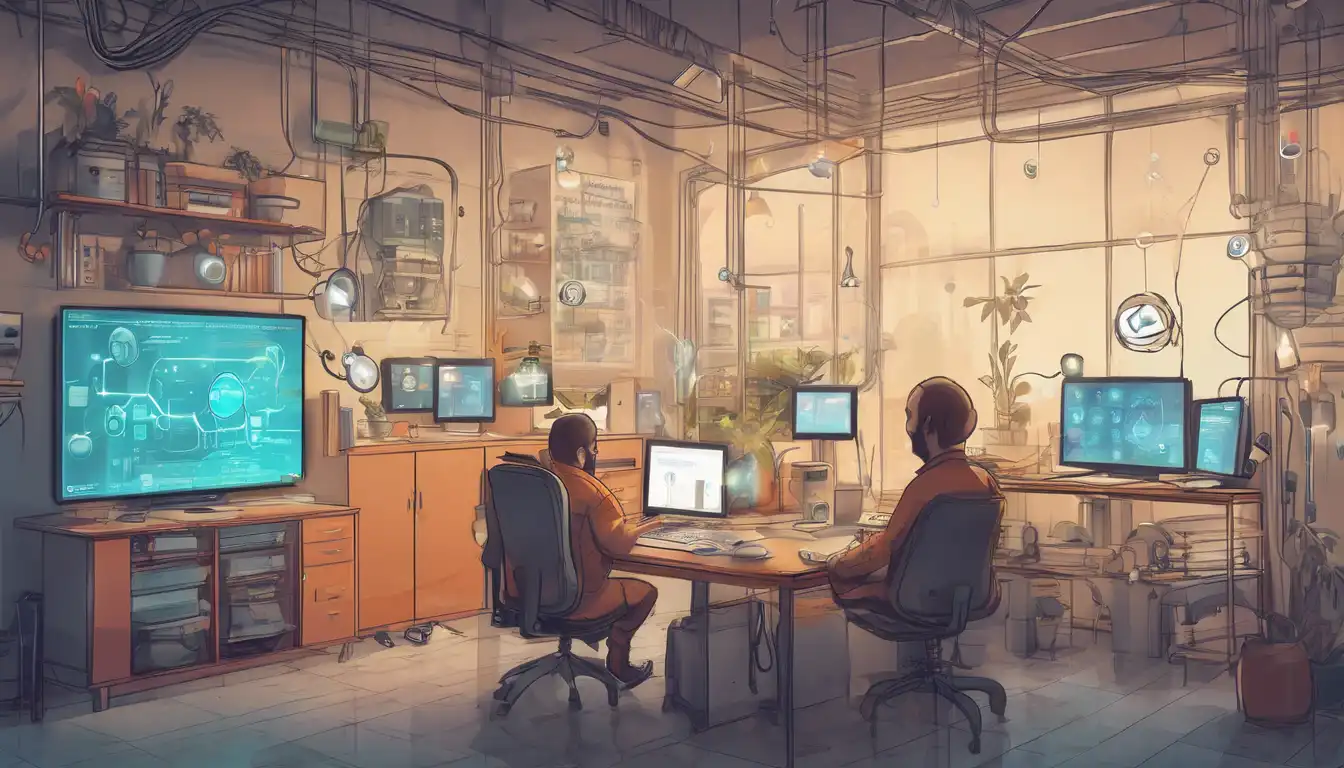Introduction to IoT Development
The Internet of Things (IoT) is revolutionizing how we interact with the world around us. From smart homes to industrial automation, IoT development is at the heart of this transformation. This guide is designed to help beginners take their first steps into the world of IoT development, offering insights into the tools, technologies, and best practices needed to start building connected devices.
Understanding IoT
IoT refers to the network of physical devices connected to the internet, collecting and sharing data. These devices range from simple sensors to complex industrial machines. The key to IoT development is understanding how these devices communicate and how to leverage this connectivity to create innovative solutions.
Essential Tools for IoT Development
To get started with IoT development, you'll need a few essential tools:
- Development Boards: Platforms like Arduino and Raspberry Pi are popular choices for beginners.
- Sensors and Actuators: These components allow your devices to interact with the physical world.
- Programming Languages: Knowledge of languages such as Python, C++, and JavaScript is beneficial.
- IoT Platforms: Services like AWS IoT and Google Cloud IoT provide the infrastructure needed to connect and manage your devices.
First Steps in IoT Development
Starting with IoT development can be overwhelming, but breaking it down into manageable steps can help:
- Choose a simple project to start with, such as a temperature monitoring system.
- Select the appropriate hardware and software tools for your project.
- Learn the basics of connecting your device to the internet and sending data.
- Experiment with collecting and analyzing data from your device.
Best Practices for IoT Development
As you embark on your IoT development journey, keep these best practices in mind:
- Security: Always prioritize security to protect your devices and data from vulnerabilities.
- Scalability: Design your solutions with scalability in mind to accommodate future growth.
- Interoperability: Ensure your devices can communicate with other systems and devices.
- User Experience: Focus on creating intuitive and user-friendly interfaces for your IoT solutions.
Conclusion
IoT development offers endless possibilities for innovation and creativity. By starting with the basics and gradually building your skills, you can unlock the potential of the Internet of Things. Remember to stay curious, experiment, and continuously learn as you explore the exciting world of IoT development.
For more insights into IoT and related technologies, check out our technology section.
